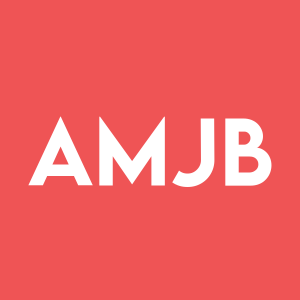[424B2] JPMORGAN CHASE & CO Prospectus Supplement
Rhea-AI Filing Summary
JPMorgan Chase Financial Company LLC, fully guaranteed by JPMorgan Chase & Co., is offering Digital Barrier Notes linked to the least performing of the Dow Jones Industrial Average, the Nasdaq-100 Technology Sector Index and the Russell 2000 Index, maturing in February 2027. If on the observation date each index is at or above 70% of its initial level, investors receive a fixed return of at least 12.75% on the $1,000 principal at maturity. If any index finishes below this barrier, repayment is reduced one-for-one with the decline of the worst index, and investors can lose more than 30% and up to all of their principal. The notes pay no interest or dividends, are unsecured obligations subject to JPMorgan credit risk, and will not be listed, so liquidity and secondary market pricing may be limited. The estimated value is initially expected to be about $981 per $1,000 note and not less than $950, reflecting embedded fees, hedging costs and dealer compensation.
Positive
- None.
Negative
- None.
FAQ
What are the JPMorgan AMJB Digital Barrier Notes described in this 424B2?
The notes are Digital Barrier Notes issued by JPMorgan Chase Financial Company LLC, guaranteed by JPMorgan Chase & Co., that pay a fixed return at maturity only if all three linked indices stay at or above 70% of their initial levels on the observation date.
How can investors in AMJB notes earn the 12.75% return at maturity?
Investors receive a contingent digital return of at least 12.75% if, on the observation date in February 2027, the final level of each of the Dow Jones Industrial Average, Nasdaq-100 Technology Sector Index and Russell 2000 Index is at or above 70% of its initial value.
When do the JPMorgan AMJB Digital Barrier Notes mature and how is payment calculated?
The notes are scheduled to mature on February 25, 2027. If each index is at or above its 70% barrier, the payment per $1,000 note is $1,000 plus $1,000 times the contingent digital return. If any index is below its barrier, the payment is $1,000 plus $1,000 times the return of the worst-performing index, which can result in substantial principal loss.
What are the main risks of investing in JPMorgan AMJB Digital Barrier Notes?
Key risks include potential loss of more than 30% and up to all principal, no interest or dividend payments, exposure to the least performing index, credit risk of JPMorgan Financial and JPMorgan Chase & Co., lack of listing and potential illiquidity, and an initial estimated value below the price to public due to fees and hedging costs.
How is the least performing index determined for the AMJB notes?
The Least Performing Index is the one with the lowest Index Return, defined as (Final Value minus Initial Value) divided by Initial Value. This return drives downside repayment if any index finishes below its 70% barrier.
Why is the estimated value of the AMJB notes lower than the $1,000 price to public?
The estimated value, illustrated at about $981 per $1,000 note and not less than $950, is reduced by selling commissions, structuring and hedging costs and expected dealer profits that are included in the $1,000 price to public.
Do AMJB Digital Barrier Notes pay interest or provide index dividends during the term?
No. The notes do not pay periodic interest, and holders do not receive dividends from any stocks in the Dow Jones Industrial Average, Nasdaq-100 Technology Sector Index or Russell 2000 Index. All potential return comes from the maturity payment.







